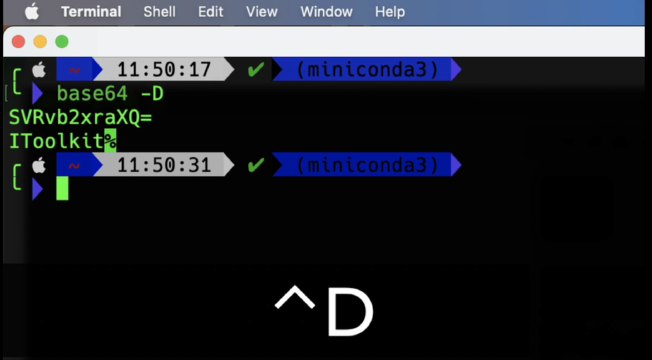Excerpt§
Encoding image files as JSON with Base64 provides a portable text representation useful for transmitting images in APIs, databases, and configuration.
JSON (JavaScript Object Notation) is a lightweight data format that is easy for humans to read and write. It is commonly used for transmitting data in web APIs and configuring programs. In this post, we’ll look at how to encode image files as JSON strings.
What is the JSON Format?§
JSON is an open standard format that uses human-readable text to store and transmit data objects. It is built on two structures:
- A collection of name/value pairs in curly braces {}
- An ordered list of values in square brackets []
For example:
1{
2 "name": "John",
3 "age": 30,
4 "hobbies": ["coding", " hiking", "photography"]
5}
jsonJSON is a popular alternative to XML for web APIs, web services, and application configuration files. It is lightweight, easy to read, and has native support in most programming languages.
Why Encode Images as JSON?§
Converting images to JSON provides some advantages:
- Portable text representation across platforms
- Self-contained image data encoded in a string
- Easy for programs to parse and process
- Can transmit images through web APIs, databases, etc
The downside is the encoding overhead compared to a pure binary image format.
Encoding Image Files to JSON§
Here are the main steps to encode an image file into a JSON string:
- Read the binary file bytes into memory
- Base64 encode the binary data
- Build a JSON object with metadata and the base64 string
- Serialize the JSON object to a string
For example in Python:
1import base64
2import json
3
4with open('image.png', 'rb') as img_file:
5 img_bytes = img_file.read()
6
7base64_bytes = base64.b64encode(img_bytes)
8base64_string = base64_bytes.decode('utf-8')
9
10json_data = {
11 'type': 'png',
12 'size': len(img_bytes),
13 'data': base64_string
14}
15
16json_string = json.dumps(json_data)
pythonThis encodes the image into a portable JSON text representation.
Decoding JSON Back to an Image§
To convert the JSON back to an image, we:
- Parse the JSON string
- Extract the base64 encoded data
- Base64 decode to get binary
- Write the binary to a file
For example in Python:
1import base64
2import json
3
4json_data = json.loads(json_string)
5
6base64_string = json_data['data']
7base64_bytes = base64_string.encode('utf-8')
8
9image_bytes = base64.decodebytes(base64_bytes)
10
11with open('new_image.png', 'wb') as img_file:
12 img_file.write(image_bytes)
pythonThis regenerates the original image from the JSON representation.
Usage Examples§
Some examples where encoding images as JSON could be useful:
- Storing user profile pictures in a database
- Transmitting images in a JSON API response
- Including small icons in JSON configuration files
- Embedding simple illustrations in JSON documents
This allows transmitting binary image data through plaintext channels.
Libraries for JSON Encoding§
Many languages have JSON encoding libraries:
Python
- base64
- json
JavaScript
- btoa
- JSON.stringify
PHP
- base64_encode
- json_encode
And many other languages support JSON serialization with base64 encoding utilities.
Summary§
Encoding binary image files into the JSON format provides a portable way to embed image data within textual contexts. This can be useful for web APIs, configuration files, and databases. The downside is the encoding size overhead compared to pure binary representations. Like any serialization, it requires considering the tradeoffs for a particular use case.















